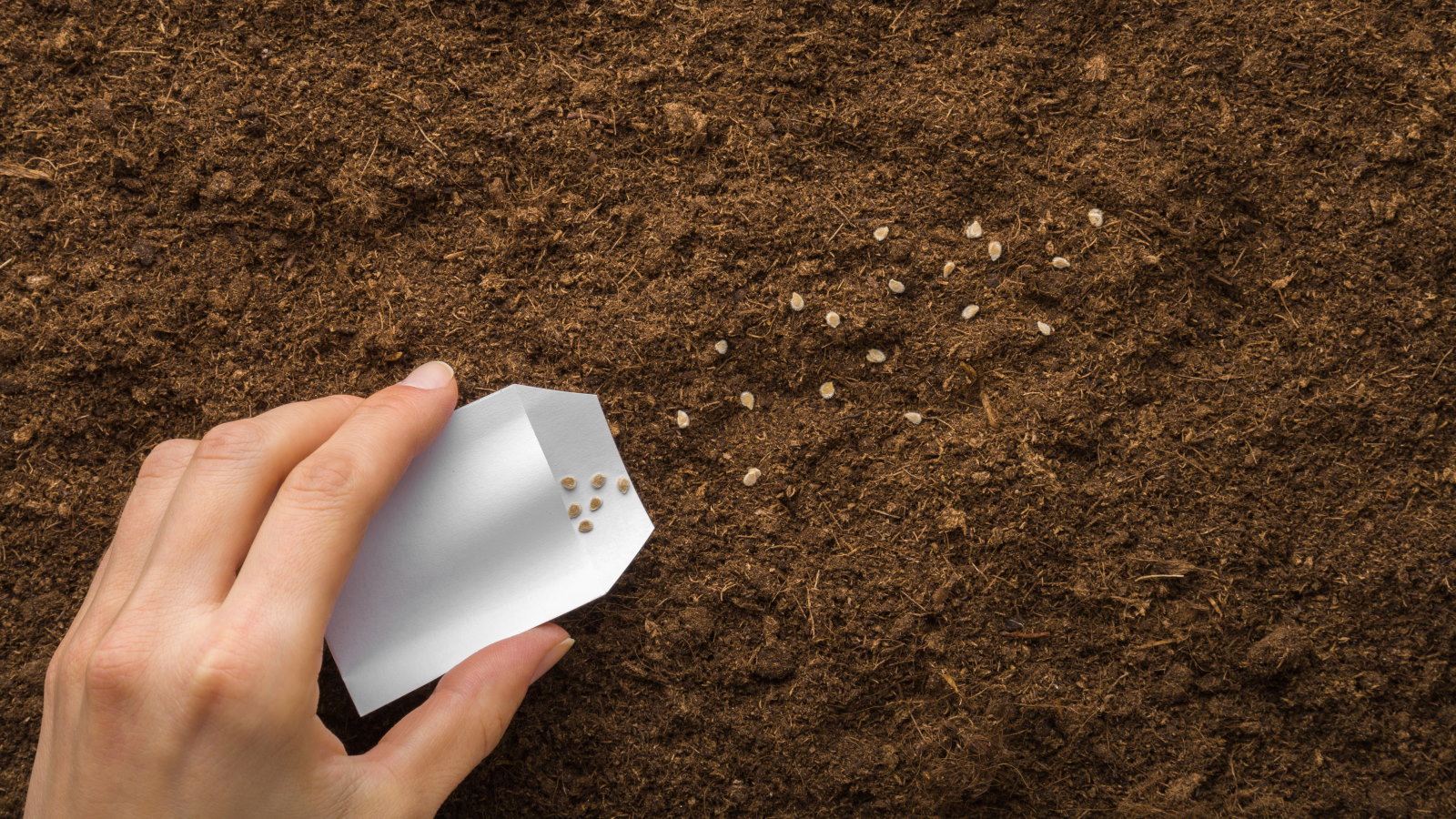
The ‘giant knight’ is among 1,300 red list species in the fungal kingdom. Nearly a third of fungi species assessed by international conservation experts were found to be at risk of extinction from threats like agriculture, deforestation and urban sprawl. The International Union for the Conservation of Nature (IUCN)’s red list of fungi species now stands at 1,300 after an assessment of 482 new species.
The fungal kingdom is the world’s biggest after animals, with an estimated 2.5 million species - of which around 155,000 are named. " are the unsung heroes of life on Earth, forming the very foundation of healthy ecosystems - yet they have long been overlooked,” IUCN Director General Dr Grethel Aguilar said after the red list update.

“Now, it’s time to turn this knowledge into action and safeguard the extraordinary fungal kingdom, whose vast underground networks sustain nature and life as we know it.” The overall IUCN now includes 169,420 species, of which 47,187 are threatened with extinction. The latest update also reveals that frankincense trees are increasingly at risk.
Human activities have been infringing on fungal ground, the scientists explain. They found that 279 species are at risk of extinction due to the rapid growth of agricultural and urban areas. Nitrogen and ammonia run-off from fertilisers and engine pollution also threaten 91 species.
These are serious threats in Europe, undermining species well-known in traditional countryside such as the fibrous waxcap (Hygrocybe intermedia), which is listed as vulnerable. At least 198 species of fungi are at risk of extinction due to deforestation for timber production, illegal logging and clearance for agriculture. Clear-cutting of old-growth forests is especially destructive, as fungi rely on time-spun and do not have time to re-grow under rotation forestry.
Thirty per cent of old-growth pine forests across Finland, Sweden and Russia have been cut down since 1975, the IUCN notes, pushing species such as the giant knight (Tricholoma colossus) to become vulnerable. Climate change is also to blame for the increased risk fungi species are facing. More than 50 fungi species are at risk of extinction due to changes in fire patterns in the US, which have drastically changed forests.
Fire weather - characterised by hot dry conditions that make blazes more likely to ignite - has shifted significantly due to climate change, shows. “While fungi mainly live hidden underground and inside wood, their loss impacts the life above-ground that depends on them,” says Professor Anders Dahlberg, Red List Authority Coordinator of the IUCN SSC Mushroom, Bracket and Puffball Specialist Group. “As we lose fungi, we impoverish the ecosystem services and resilience they provide, from drought and pathogen resistance in crops and trees to storing carbon in the soil.
” Most plants partner with fungi to take in nutrients, and therefore cannot exist without them, the IUCN emphasises. Many are edible, used in food and drink production including fermentation, form the basis of medicines, and support bioremediation efforts to clean contaminated sites. “It is important that more are protected,” adds Prof Dahlberg “Forestry practices should consider fungi, for example leaving dead wood and scattered trees, and proactive forest management can help manage fire intensity.
” The latest IUCN update also reveals that frankincense trees (Boswellia) face an increased risk of extinction. Six species of frankincense on Socotra Island, Yemen, have moved from the vulnerable to the endangered category, and three species have been assessed for the first time as critically endangered. More frequent and intense , flash floods and landslides are partly to blame, damaging and uprooting many trees.
“As extreme weather hits the island, local action is essential to secure the future of Socotra’s frankincense trees,” says Mohammed Amer, a local Boswellia expert who contributed to the red list assessment and manages the project to conserve these trees on Socotra..















